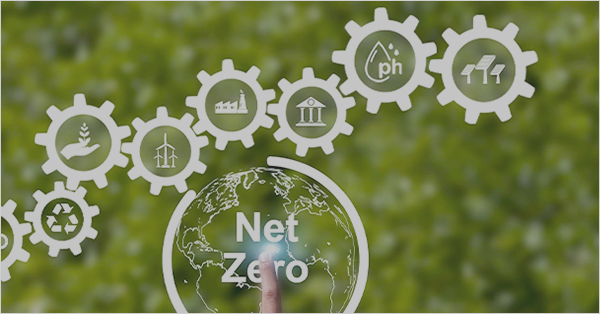
A national taxonomy is a multifunctional classification system for the financial and non-financial sectors that serves as a blueprint for greening the economy. A sustainable classification system can facilitate capital flows towards sustainable activities and assets and act as a guide for climate-aligned investments and project development. It also supports the proper assessment of climate-related risks for the financial sector.
In Latin America and the Caribbean (LAC), countries have taken concrete steps on climate action in recent years. To facilitate the allocation of capital to low-emission and climate-resilient sectors, countries should be able to classify green economic activities, which a taxonomy allows, making it easier for the financial sector to identify and respond to the multiple opportunities that will come under climate targets at the national level.
More and more countries are working on structuring and developing official definitions of sustainable finance that focus primarily on the climate change goals set out in the Paris Agreement. Globally, there are around ten taxonomies in implementation and more than fifteen in development. Colombia and Mexico are the only countries in the LAC region to have adopted a taxonomy. However, a growing number of countries are planning to develop them or are in the process of doing so.
Colombia’s Green Taxonomy was developed to facilitate the channeling of resources towards green investments and spending, increasing the country’s competitiveness on a climate-resilient development path, with low-carbon growth and in line with commitments made in international agreements. This Green Taxonomy is a joint government effort.
In Mexico, the first edition of the Sustainable Taxonomy report of the Ministry of Finance and Public Credit was published in 2023, created “with the objective of generating a reliable, legitimate, unified and science-based classification system that allows defining which economic activities can be considered sustainable. This seeks to increase investment in projects and economic activities that promote the fulfilment of the country’s environmental and social objectives, as well as Mexico’s international commitments on sustainability”.
In Chile, the Chilean Ministry of Finance, Private-Public Roundtable on Green Finance, the Inter-American Development Bank and the Climate Bonds Initiative published in 2021 the Roadmap for a Taxonomy in Chile, which will guide the government towards the development of a Chilean green taxonomy. The first step is to adopt the eligibility criteria of international taxonomies where possible. Secondly, to adapt and modify international criteria to consider local circumstances and finally, to take the lead at the global level in developing new criteria in non-referenced sectors.
In the case of Argentina, in the framework of the Technical Roundtable on Sustainable Finance (MTFS), the project for the construction of a roadmap for the development of a taxonomy of sustainable finance in Argentina was presented, with the support of UNDP Argentina.
In the Dominican Republic, the Superintendencia del Mercado de Valores launched the project “Green Taxonomy in the Dominican Republic”, to generate new tools to help address climate change, promote sustainability and promote an action plan to promote climate finance and the growth of green capital in the country.
In Peru, the Ministry of Environment (Minam) is developing an environmental finance classification system based on economic activities that respect nature and its resources, thus contributing to the mobilization of public and private capital towards sustainable investments. The “National Green Finance Taxonomy” under development is one of the main points of the Green Finance Roadmap.
In Brazil, Febraban has developed a new version of the voluntary green taxonomy, which represents an evolution from the model developed in 2015, which measured only the position of financial resources in activities connected to greenhouse gas emission reduction and natural resource use efficiency and social inclusion. The new 2021 green taxonomy incorporates international benchmarks such as the Task Force on Climate-related Financial Disclosures (TCFD) of the Financial Stability Board (FSB), the Climate Bonds Standards and the Social Bond Principles and applies to banks’ credit portfolios.
In this context, the Working Group on Sustainable Finance Taxonomies for Latin America has been created, made up of UNEP and its Finance Initiative (UNEP FI), UNDP, IFC, IDB, CAF, ECLAC, FAO, IMF and World Bank staff, and the European Commission, as external technical advisor.
Recently, in July 2023, the Common Framework for Sustainable Finance Taxonomies for LAC, developed by the Working Group on Sustainable Finance Taxonomies and funded by the European Union through the EUROCLIMA+ Programme, has been published. This Framework is a guiding document that can serve as a voluntary reference to guide LAC countries that are in the process or intend to develop sustainable finance taxonomies. It establishes guiding principles to improve comparability and ensure interoperability of taxonomies in the region and internationally.








 Stay updated on the latest trends of Green Finance
Stay updated on the latest trends of Green Finance

